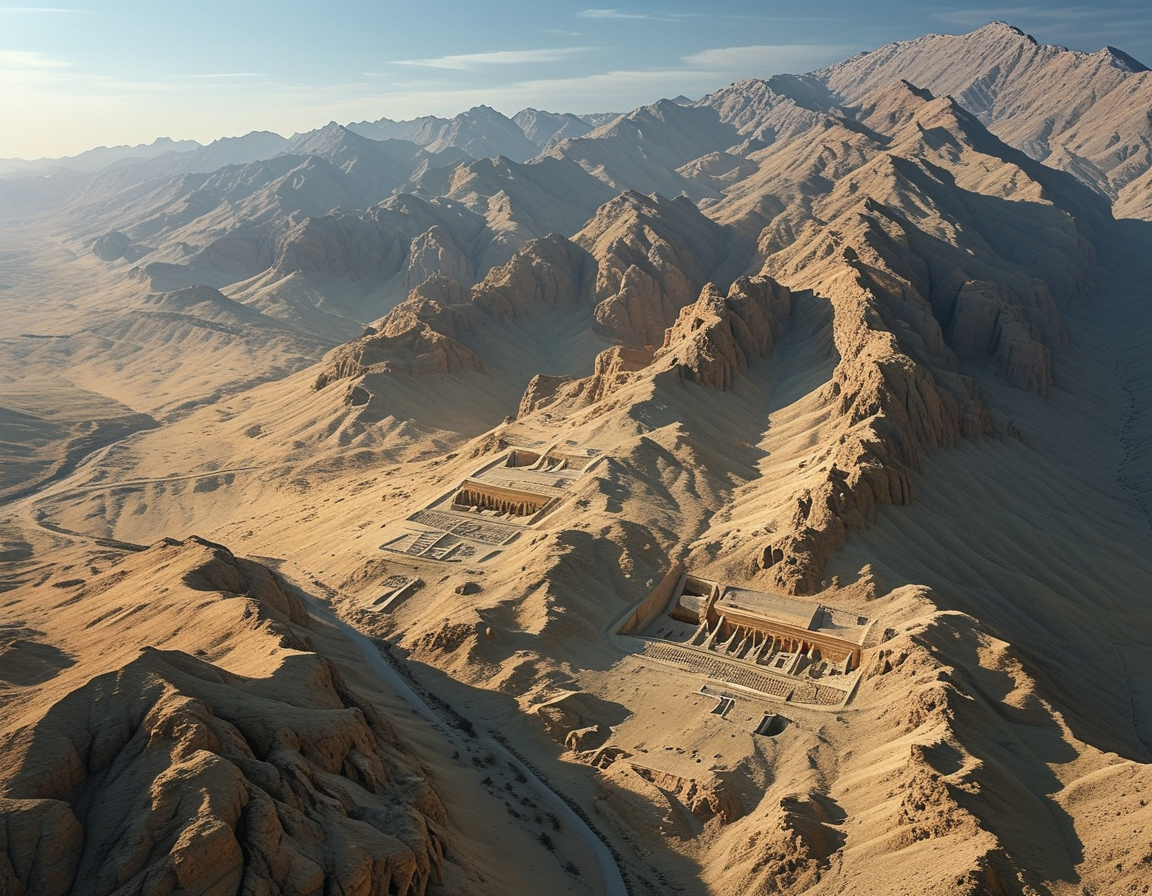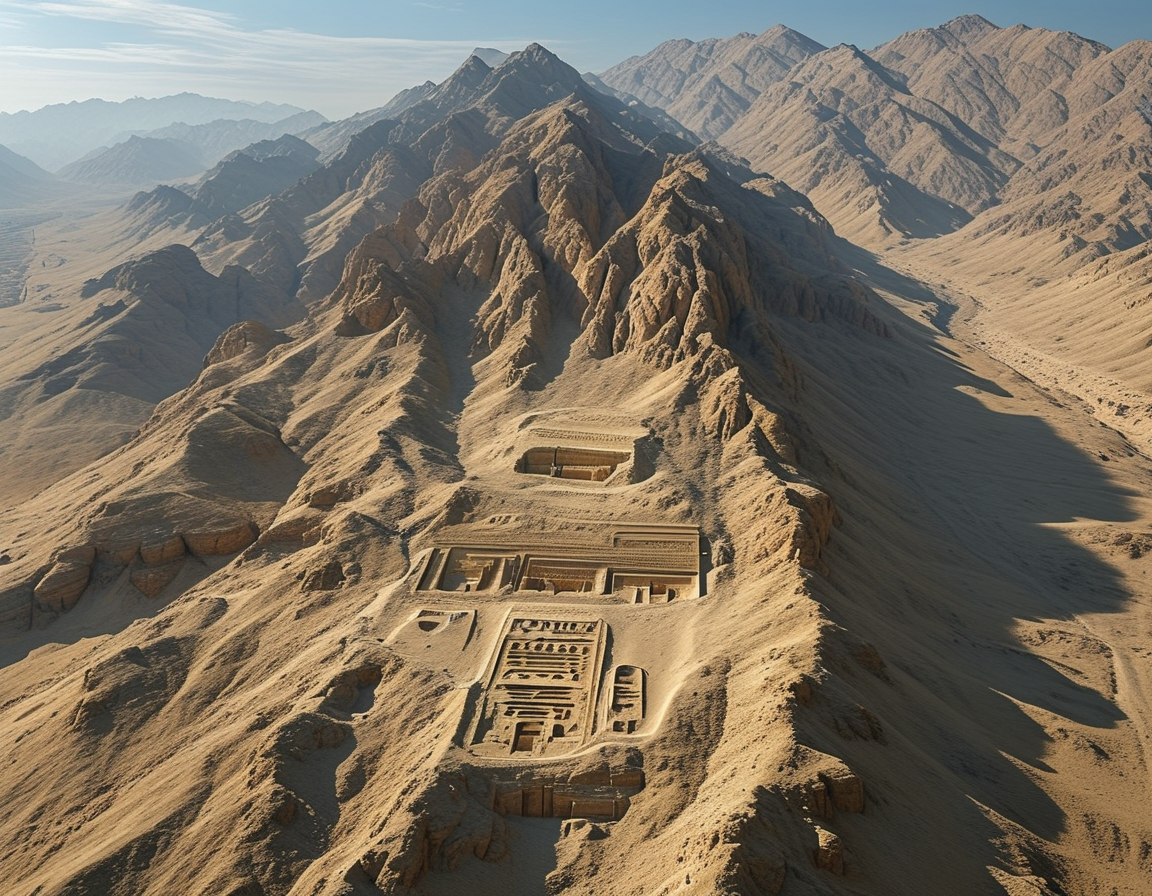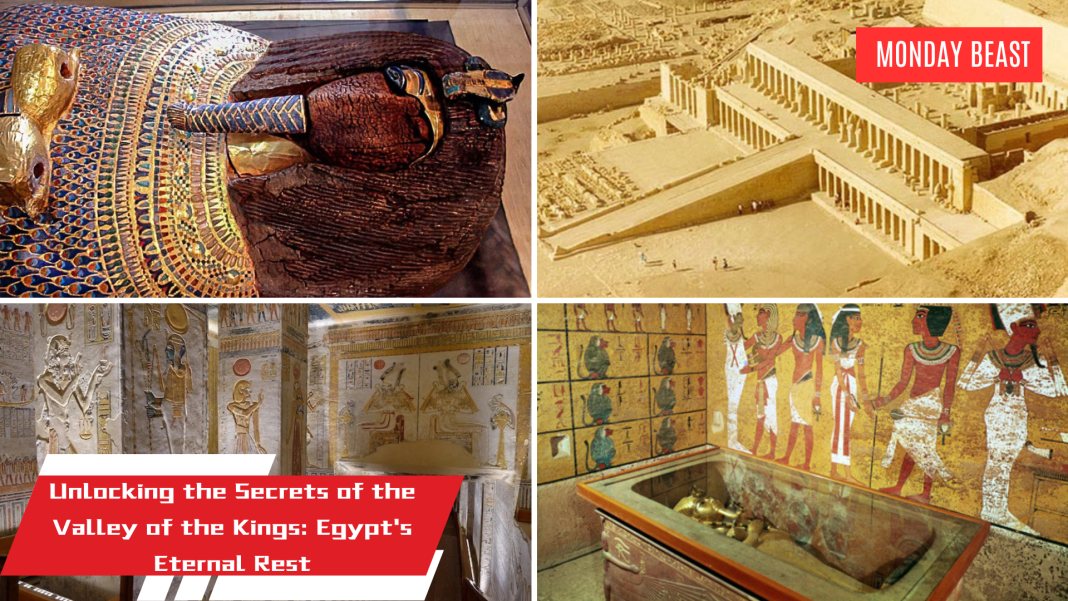Unraveling the Mystery of the Valley of the Kings
Have you ever pondered what lies beyond death? The ancient Egyptians believed in a world after this one. They saw death not as an end, but a doorway. To them, the afterlife was a realm of possibility, where Pharaohs would continue their reign. This conviction drove them to build elaborate tombs. The Valley of the Kings stands as testament to this belief.
Nestled near Luxor, this valley is deeply entrenched in Egypt’s rich history. Envision a hidden gem, carved into the mountains. It paints a captivating portrait of a society that revered continuity. Here, Pharaohs like Tutankhamun, Seti I, and Ramses II found their eternal rest. But what led them to select this secluded site?
A Sacred Burial Ground

The Valley of the Kings is not just a simple patch of land. It serves as a sophisticated burial complex. Imagine wandering through its narrow paths, each leading to an unseen tomb. These sacred spaces were deliberately built to escape looters and enemies. The choice of location was no accident.
The ancient Egyptians chose this valley for various reasons. Further from the hustle of the living world. Tucked away into the mountains behind Dayr al-Bahri. A sanctuary designed to safeguard the sacredness of their leaders.
To the west of the Nile, the valley sits under the watch of ancient peaks. These mountains resemble pyramids, signs of eternal life. Here, the famous tombs tell stories of their own. Each chamber whispers secrets from lives once lived.
Beliefs Shaping the Afterlife

Why did ancient Egyptians invest so much into their tombs? Their faith in the afterlife was profound. It wasn’t just about preserving the body. It was about ensuring a smooth transition to the next world.
The preservation of the body became an art form. Mummification evolved into a sophisticated process. Families buried their Pharaohs with everything they believed necessary. From barques to jewelry, these items were essential for their journey.
Upon death, it was said one would face Anubis, the judge of souls. This moment marked the beginning of their afterlife. Would you pass the test? The heart must be lighter than a feather. Only then would one be welcomed into the realm of the gods.
Connecting to the Divine

Imagine being part of a culture that believed so fervently in resurrection. For the ancients, death was merely a transition. The Valley of the Kings embodies this idea flawlessly.
Their meticulous preparations remind us of our own beliefs about life and death. What do we carry over when we leave this world? The Valley resonates with these eternal questions, prompting reflection.
Just as the Pharaohs sought to connect with their gods, we, too, search for meaning. In this ancient land, one can feel the echoes of faith still resonating through time. The Valley challenges us to consider what we value most as we navigate our lives.
An Invitation to Wonder
The Valley of the Kings remains one of the world’s most fascinating sites. It offers more than just history; it invites exploration of the human experience. Would you embark on this journey? Every tomb tells its own tale, waiting to be uncovered.
In visiting, we connect not just to ancient kings, but to a shared legacy. The trials, triumphs, and belief in the afterlife mirror our own questions. What does it mean to find peace and purpose? The Valley holds the answers, patiently waiting for curious hearts.
As we explore the wonders of the past, we find pieces of ourselves reflected in their stories. Each tomb, each artifact is a bridge across time, illuminating the path we all tread.




